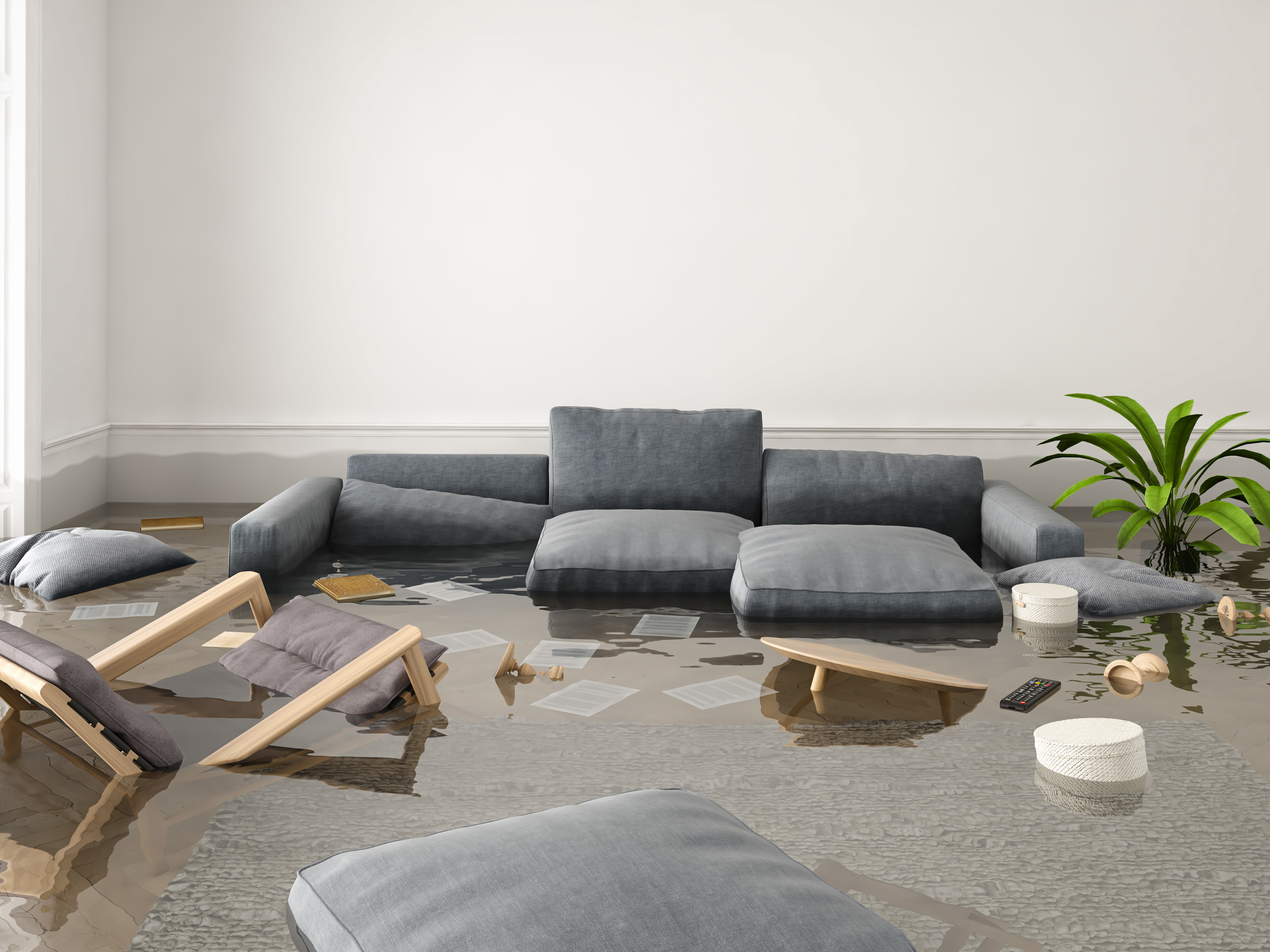There’s nothing worse than coming home to a broken pipe, a flooded basement or an overflowing kitchen sink.
Don’t get us started on waking up to the unmistakeable drip, drip, drip of rain falling through a leaky roof.
Water damage restoration is one of the most common forms of home repair. While there’s no real alternative to calling up your local restoration specialists to deal with the aftermath of a burst pipe, there are some tricks to help you clean up and stop things from getting any worse!
We’ve put together a list of our top five water damage cleanup tips for homeowners dealing with dreaded water damage.
Table of Contents
1. Safety First
There is always some risk when you’re dealing with floods or other more extreme problems. Before you start wading through your flooded basement or reaching around for broken plumbing, make sure you’re doing so in a safe way.
Flooded areas of your home can occasionally be electrical hazards, and floodwater can contain dangerous contaminants. You want to make sure that you’ve cut the power to whatever area is flooded, unplugged any appliances, and pulled on a mask and some rubber boots to avoid contact with any hazardous materials.
If you’re unsure about the safety status of your situation, be safe and call an expert.
2. Remove as Much Water as Possible
A wet to dry vacuum can be used to suck up any standing water, and towels and rags will help with smaller spills on counters and floors.
If you’re dealing with what is known as black water, basically any water that contains sewage and serious contaminants, stop what you’re doing and call an expert.
And don’t forget old faithful, the classic bucket.
3. Time to Dry Off
The next step to take when it comes to cleaning up any water damage is to try and dry things off. Grab any humidifiers and fans you can to help get the water to evaporate, if the water damage isn’t weather-related, open as many windows as possible to get a good breeze going.
If the water damage has affected any drywall it will probably have to be replaced. Drywall makes an excellent breeding ground for mold, if you’re handy, removing it as soon as possible can make all the difference.
4. Safeguard Against Mold and Bacteria
While most people first think about the material effects of water damage, the biggest safety risk is actually the growth of mold and bacteria. Bacteria thrives in moist dark environments, and there’s no better place for it to grow than a flooded basement.
If you’re dealing with any greywater, like water from sinks or washing machines, you’ll want to be extra sure that you disinfect the area. You can use any good disinfectant you have on hand, and when in doubt reach for the bleach. Bleach is a great first step but it isn’t going to completely get rid of mold, so you’ll have to get into more extreme mold fighting measures eventually.
5. Know Your Limits
While minor floods can be dealt with by homeowners, more serious water damage needs to be handled by experts. DIY water damage cleanups can leave you at risk of unseen structural damage, mold issues and lead to more costly future repairs. (camperlife) It doesn’t matter how many water damage clean up tips you’ve read, if you’re in over your head (literally and figuratively) it’s time to call for backup.
If you’re even a little bit unsure, call an expert in water damage restoration. Most companies that specialize in water damage repair and restoration are happy to provide a free estimate, so it never hurts to ask.
With Everything Said and Done, Goodluck!
If you’re lucky enough to have managed a flooded basement, leaky pipe or kitchen sink nightmare leave a reply down below with your personal water damage clean up tips!
















